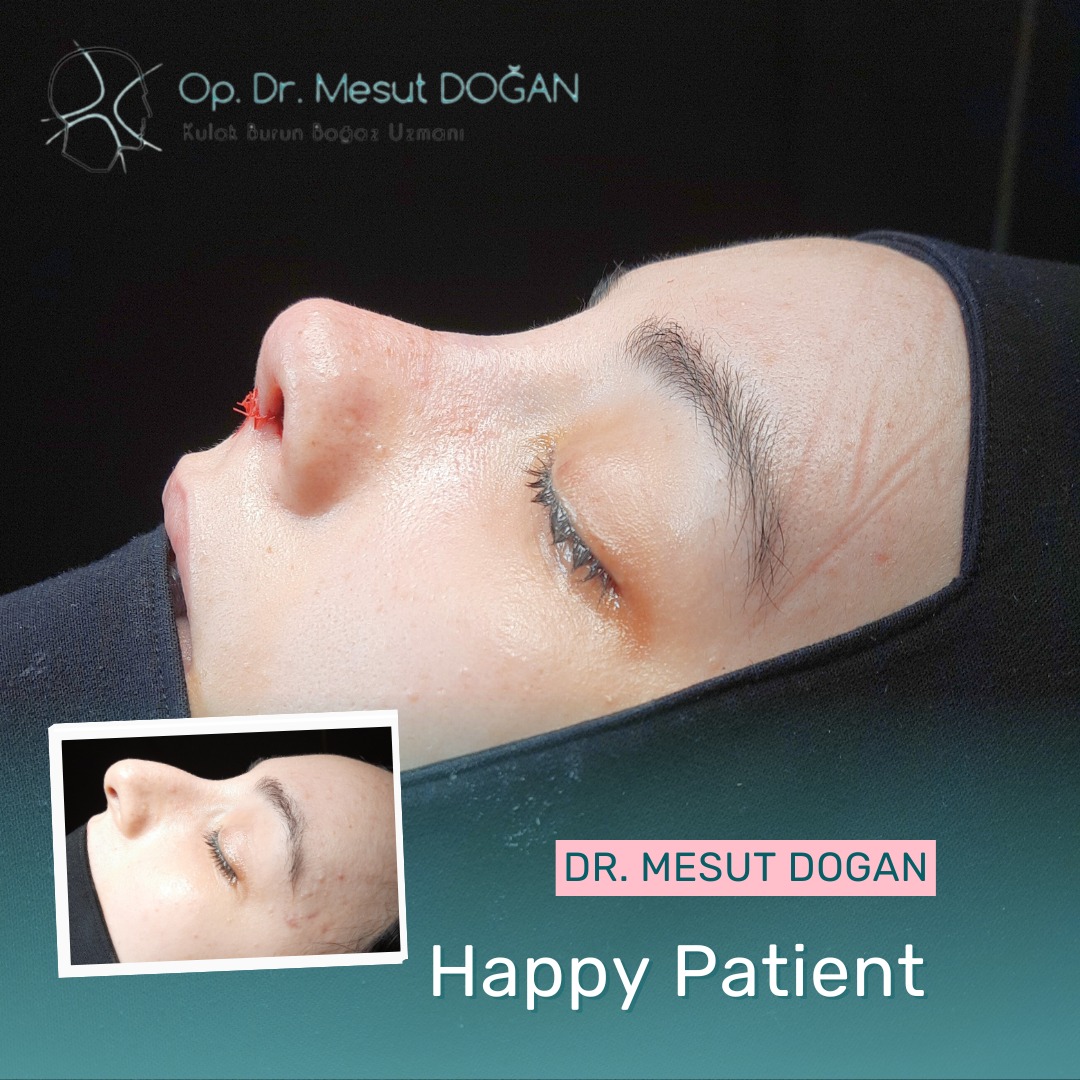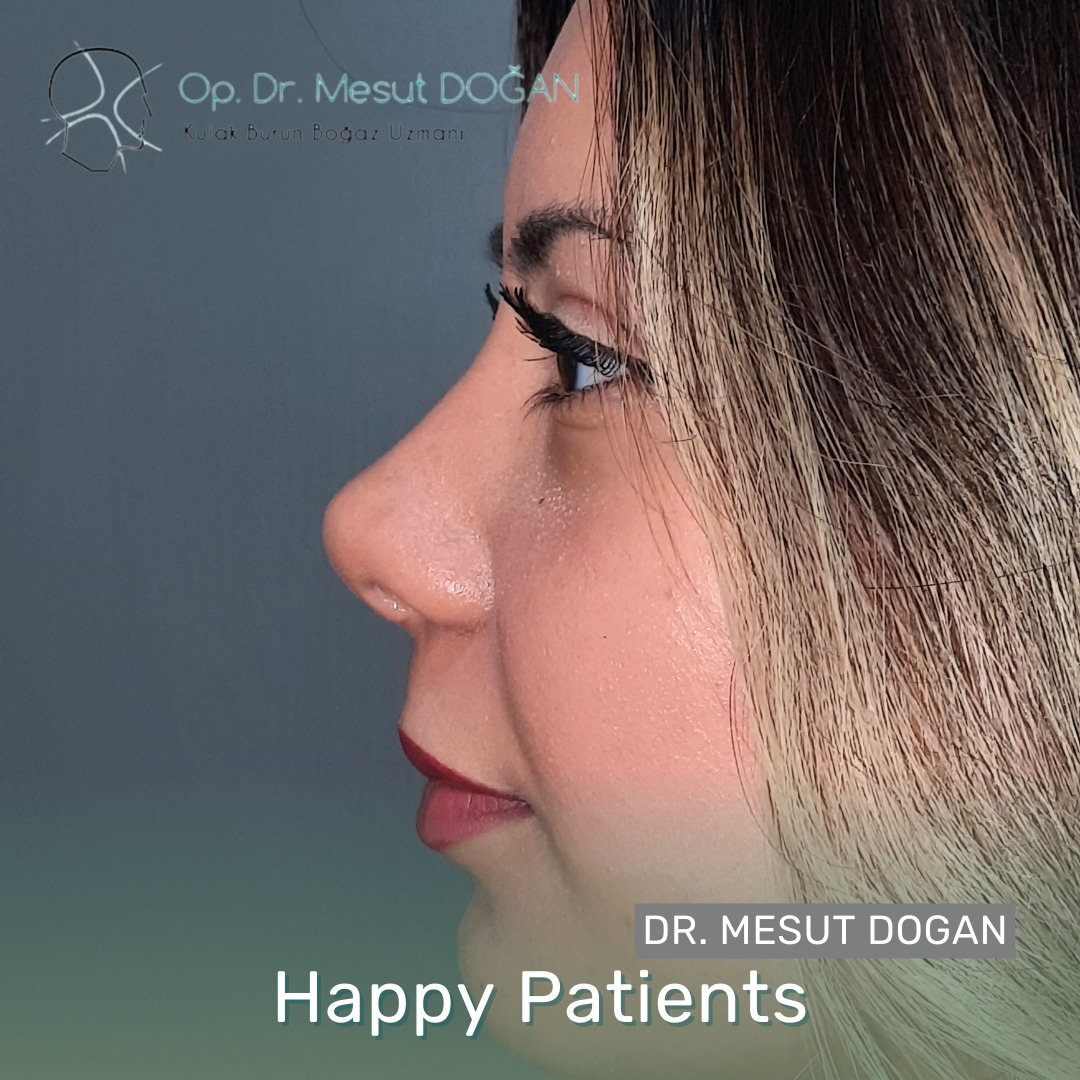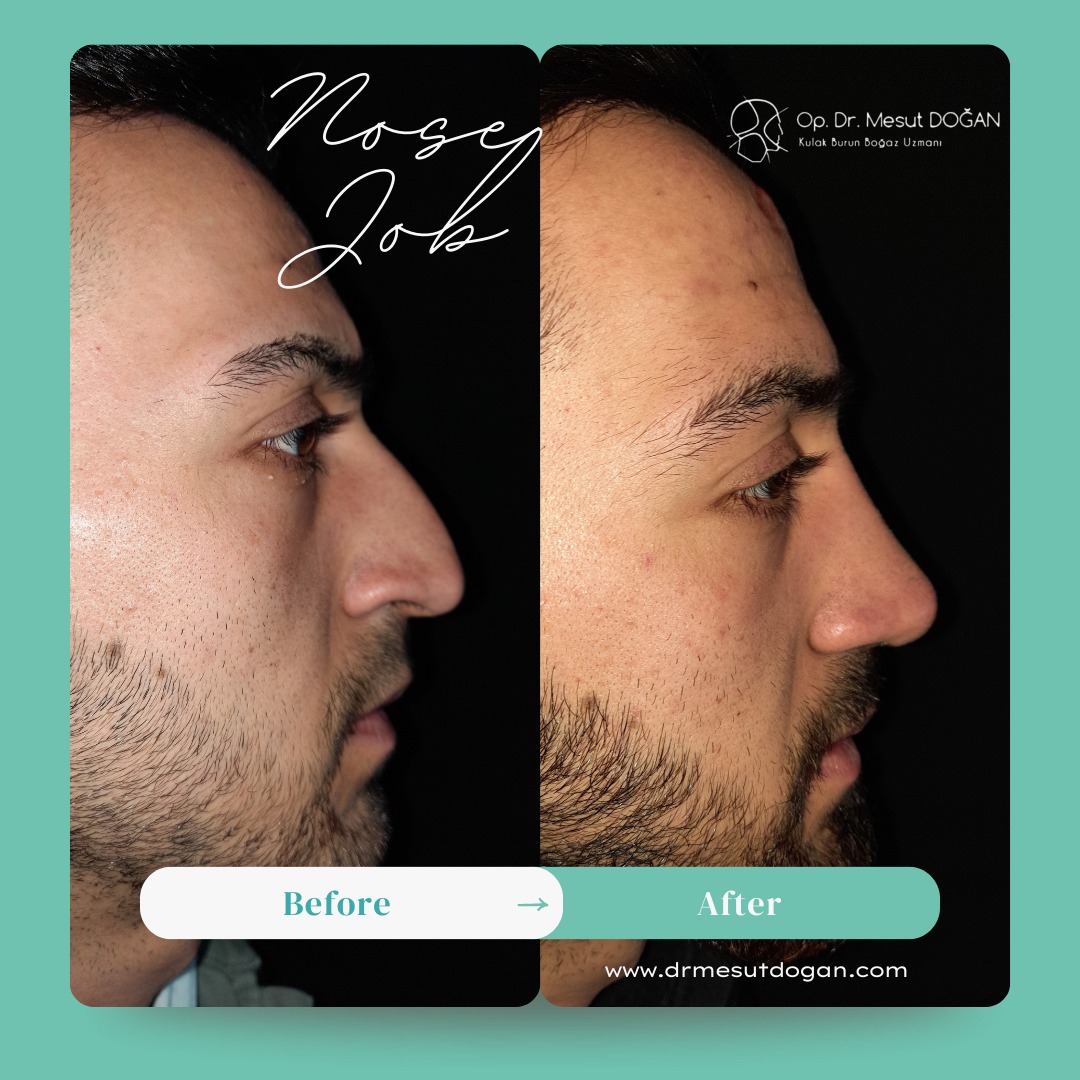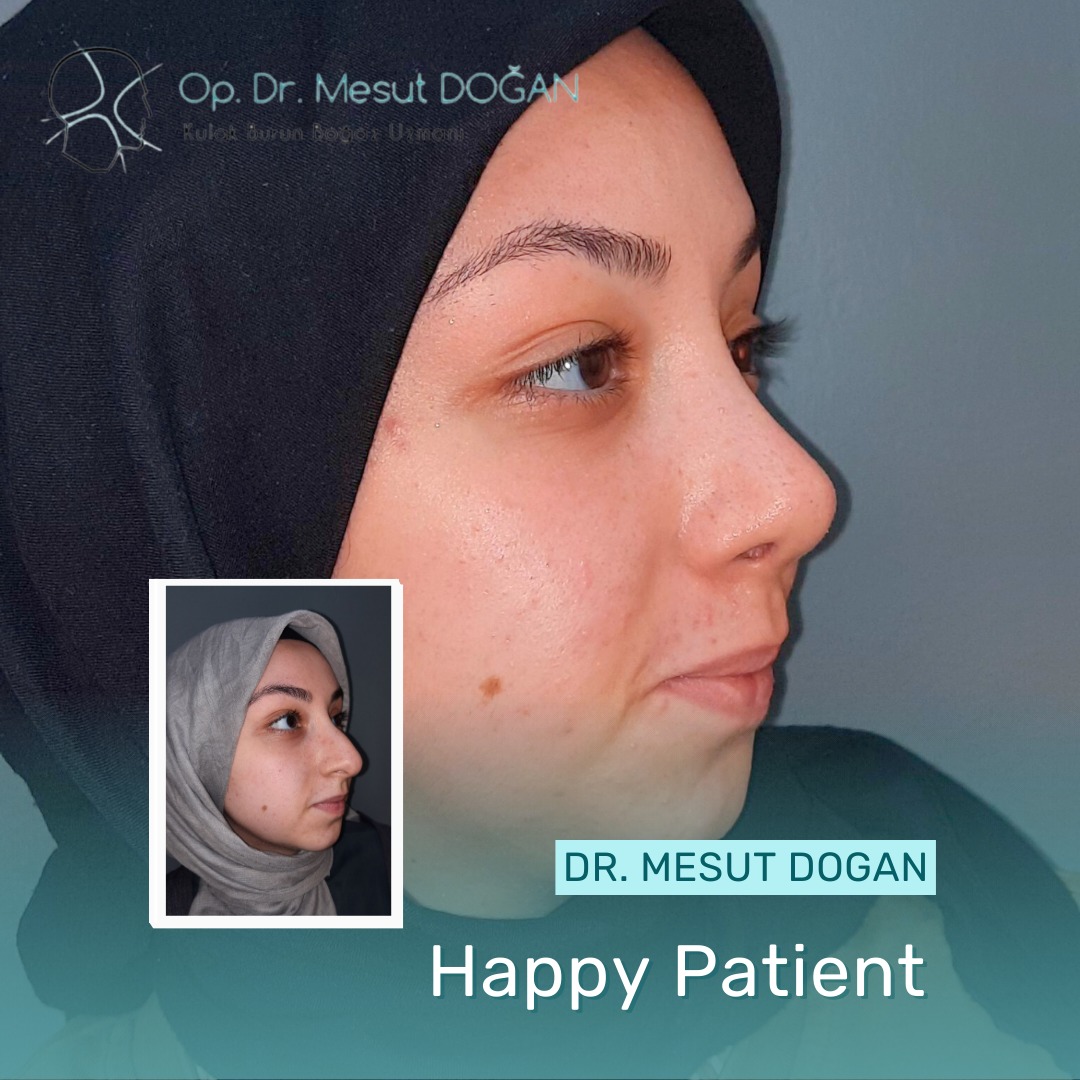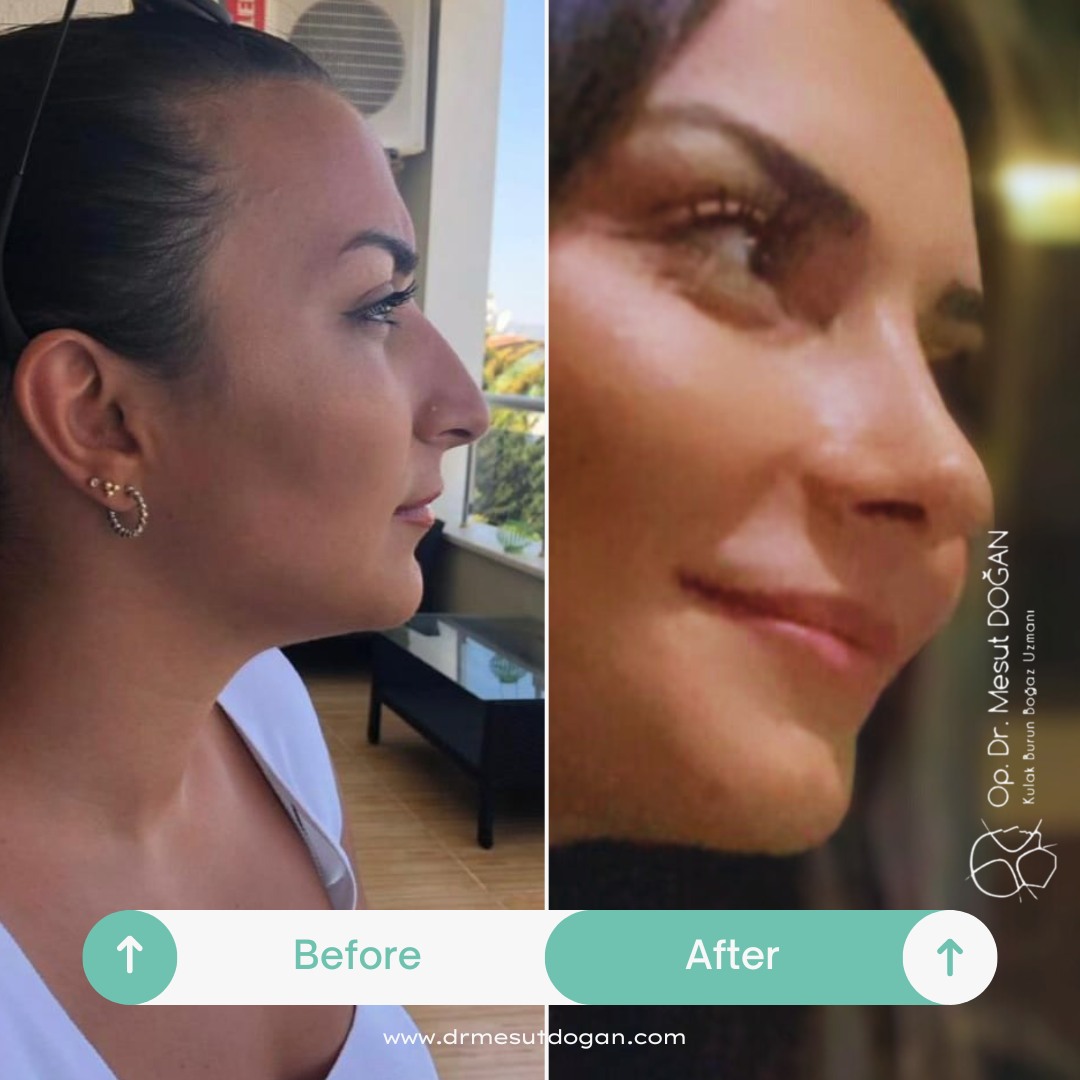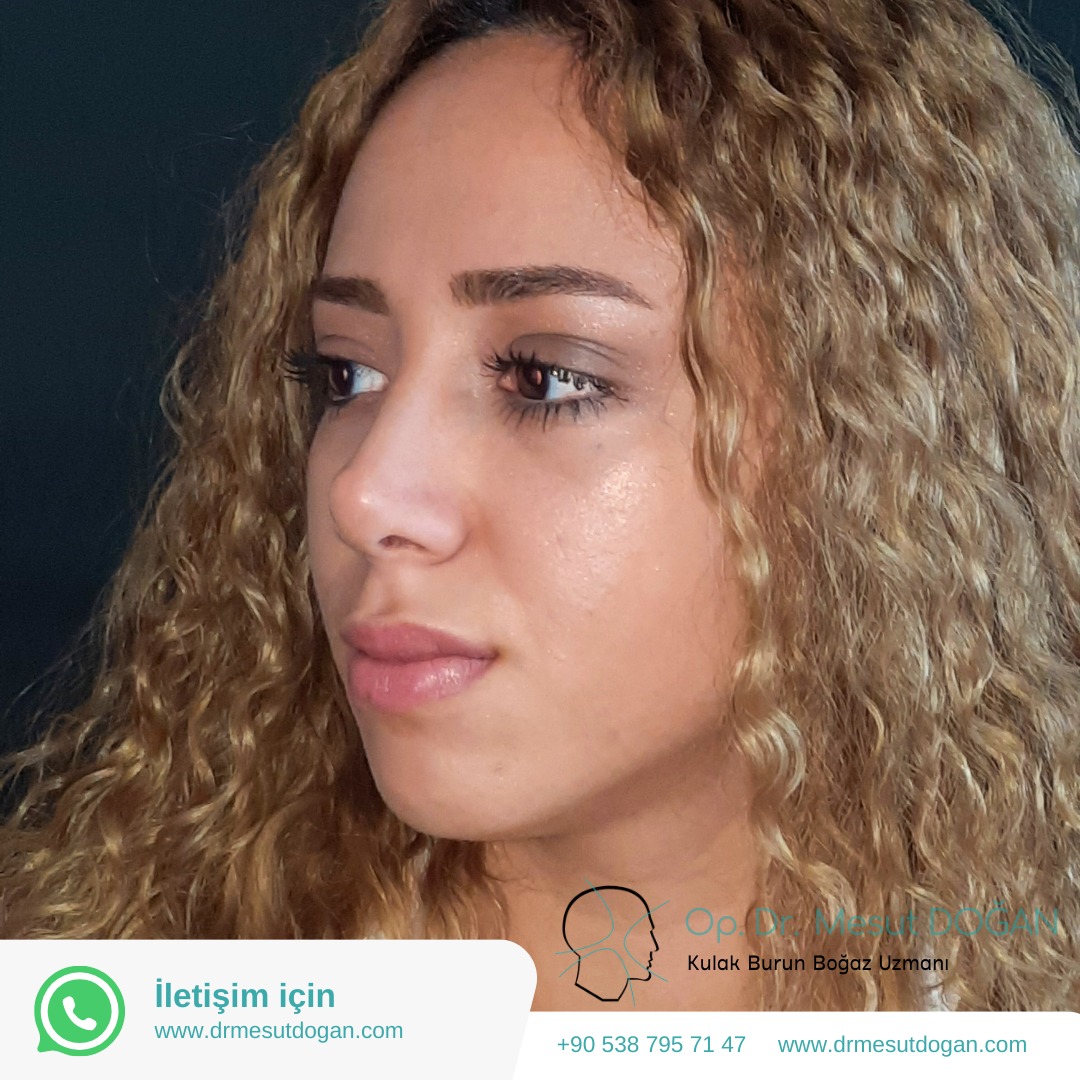Throat Infection
A throat infection refers to the inflammation of the tonsils (also known as tonsils or tonsillar tissue) located on both sides of the throat. This condition is also known as angina or tonsillitis. It can present in acute, subacute, or chronic forms.
FREQUENTLY ASKED QUESTIONS ABOUT NOSE AESTHETICS (RHINOPLASTY)
The acute form is typically caused by viral or bacterial infections. If chronic throat infections are left untreated, they can lead to long-term complications such as:
- Acute rheumatic fever
- Kidney inflammation (glomerulonephritis)
- Heart valve damage
Throat infections are very common during childhood. In children under the age of three, the cause is usually viral. Bacterial infections caused by streptococcus are more common in children aged 5–10, particularly during winter months. The condition is highly contagious.
SYMPTOMS OF THROAT INFECTION
- Pain, soreness, and burning sensation in the throat
- Sometimes ear pain
- Difficulty swallowing
- Fever
- Headache
- Hoarseness or changes in voice
DIAGNOSIS OF THROAT INFECTION
Diagnosis is usually made clinically, based on a physical examination. Throat and tonsil findings are typically prominent. In some cases, a throat culture may be required for a definitive diagnosis. If streptococcal infection is suspected, a rapid antigen detection test (RADT) may be performed. A complete blood count (CBC) may also provide clues.
TREATMENT OF THROAT INFECTION
Antibiotics are highly effective in treating bacterial throat infections. A 7–10 day course of medication is typically sufficient for recovery. In cases of recurrent infections, the doctor may request a throat culture to confirm a streptococcal infection. If medical treatment is not effective, surgical removal of the tonsils (tonsillectomy) may be recommended.
THROAT INFECTION SURGERY
Tonsillectomy is considered if:
- The tonsils are so enlarged that they obstruct breathing
- The patient has significant difficulty swallowing
- The individual experiences frequent and recurrent sore throats
- Throat infections recur persistently despite treatment
Patient Reviews
I chose Dr. Mesut Doğan for my rhinoplasty operation, and I’m incredibly satisfied with the result. I now have a nose that looks natural and suits my face perfectly. He was attentive throughout the entire process, both before and after the surgery. I’m so glad I chose him!

I had been unhappy with my nose for years but kept postponing surgery out of fear. Thanks to Dr. Mesut Doğan, I was able to overcome all my fears. A natural appearance and being able to breathe comfortably were very important to me — and he delivered both. I’m truly grateful to him and his team.

I did extensive research on rhinoplasty and decided that Dr. Mesut Doğan was the right choice. From the very first consultation, he and his team made me feel confident and reassured. After the surgery, I achieved an excellent result both aesthetically and functionally. I’m so glad I met you, doctor!

I consulted Dr. Mesut Doğan for rhinoplasty and the result exceeded all my expectations. My nose looks so natural that no one can even tell I had surgery. He was by my side with his warm attitude and professionalism at every stage of the process. Endless thanks!

I had been unhappy with both the appearance of my nose and breathing problems for a long time. After meeting Dr. Mesut Doğan, I knew I had made the right decision. My surgery went very smoothly, and I’m extremely happy with the way I look now. I wholeheartedly recommend him to everyone.

Frequently Asked Questions
Most Frequently Asked Questions About Rhinoplasty
How Long Does a Rhinoplasty Surgery Take?
On average, it takes about 2 to 2.5 hours. The duration may vary depending on the specific procedures performed.
When Can I Take a Shower After Nose Surgery?
You can take a shower during the first 2 weeks as long as you avoid getting your face wet. You can wash your hair by tilting your head back and wash your body carefully without letting water touch your face. After 2 weeks, there are no restrictions.
Can I Get My Face Wet After Nose Surgery?
You should avoid getting your face wet for the first 2 weeks.
When Will My Nose Fully Settle After Surgery?
It usually takes between 6 months to 1 year for the nose to fully settle into its final shape.
Will There Be a Scar After Rhinoplasty?
There may be a very faint and barely noticeable scar under the nose.
Do I Need to Follow a Diet After Rhinoplasty? Are There Any Forbidden Foods?
There is no need for a special diet, and there are no food restrictions after surgery.
When Can I Return to Work After Nose Surgery?
Most patients can return to their daily routines the very next day. They can go out and manage their daily tasks comfortably. However, we recommend resting — not necessarily in bed — for the first week. Returning to work is generally suitable after the nasal splint and packing are removed, about one week post-surgery.
What Type of Anesthesia Is Used During Rhinoplasty?
Rhinoplasty is performed under general anesthesia.
When Are the Nasal Tampons Removed?
They are removed one week after the surgery.
When Is the Splint Removed?
The splint is also removed one week after the surgery, together with the tampons.
When Are the Tapes Removed?
At the one-week check-up, when the splint and tampons are removed, the tapes are replaced with new ones. The tapes are usually kept for another week, so in total, tapes remain in place for 2 weeks.
Will I Experience a Lot of Pain After Rhinoplasty?
No. Any discomfort can be easily managed with mild painkillers.
Can I Wear Makeup After Nose Surgery?
Yes, after 2 weeks. Makeup is allowed along with showering.
Are There Massage Techniques to Reduce Swelling?
Gentle downward massages from the bridge of the nose can help reduce swelling. However, since patients tend to apply too much pressure, we usually don’t recommend it strongly.
Is There Any Medication That Helps Speed Up Healing?
There are special creams available for bruising. Your doctor will recommend one after the surgery.
What Are the Advantages of the Piezo Technique?
Piezo surgery targets only the bone tissue without damaging the surrounding soft tissues. Since it doesn’t harm soft tissue, under-eye bruising and swelling are minimal. The recovery process is faster, and it provides greater ease during the surgery.
When Does Under-Eye Swelling Go Away After Nose Surgery?
Thanks to the Piezo technique, swelling is minimal and typically resolves within 2–3 days.
When Does Under-Eye Bruising Go Away After Nose Surgery?
Again, due to the Piezo technique, bruising is minimal and usually disappears after about one week.
Will My Nasal Congestion Be Treated During Rhinoplasty?
Yes. Addressing breathing problems such as nasal congestion is one of the core principles of rhinoplasty.
Can the Nose Drop After Surgery? What Causes It?
Yes, if the structural support of the nose is compromised, it may drop. That’s why the surgical technique and the attention and skill of the medical team are extremely important.
Can Anyone Have a Nose Surgery?
Rhinoplasty is not recommended for individuals under 18, as their nasal development is not yet complete. It also cannot be performed on patients with certain health conditions that make general anesthesia risky.
Is There an Age Limit for Rhinoplasty?
Since nasal development is usually completed by age 18, we do not recommend surgery for anyone younger.
Can Both Cosmetic Correction and Deviated Septum Be Fixed in One Surgery?
Absolutely. Both procedures can be done in a single session.
Will I Need Someone to Take Care of Me After Surgery?
No, you’ll be able to manage your daily activities on your own. However, it’s beneficial to have someone accompany you during your overnight stay at the hospital.

